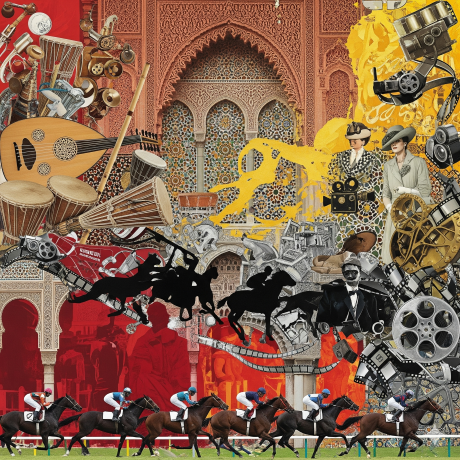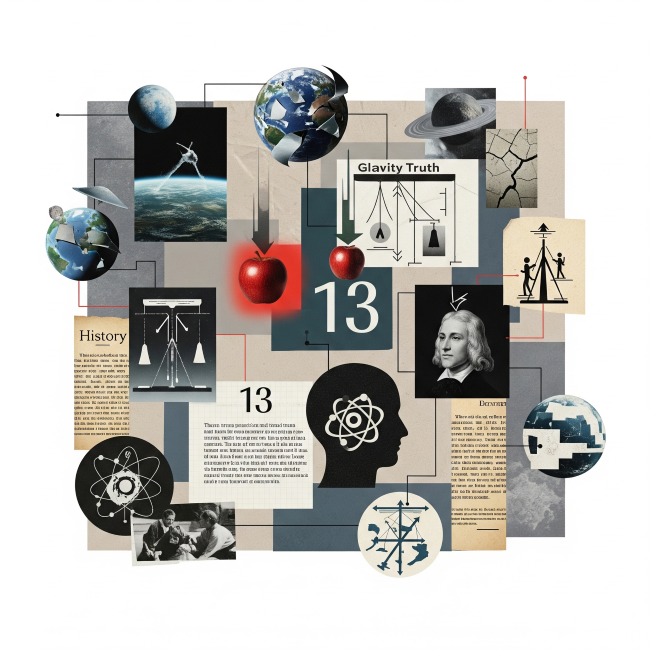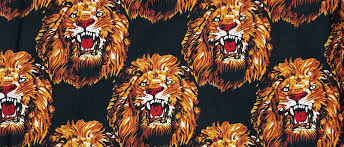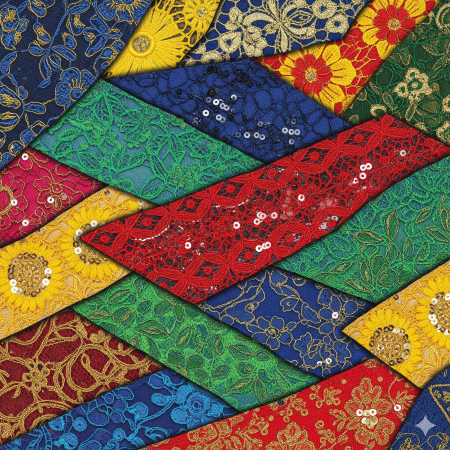Evolution: Why Fishes and Apples Are Our Cousins
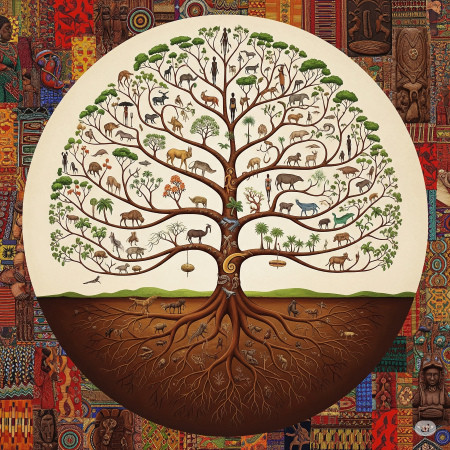
Imagine tracing your family tree—not just back to your grandparents, or great-great-grandparents, but back millions and even billions of years. What if, at the very beginning of that tree, there wasn’t a person, but a tiny, single-celled organismfloating in a vast sea? That’s what evolution tells us: every living thing on Earth today, including you, shares a connection to a simple ancestor from billions of years ago.
Long before animals, plants, or humans existed, the only life on Earth was microscopic.
Evolution is the grand story of how life on Earth has changed and branched out over time. It explains the diversity of life, how species adapt, and how humans came to exist.
Where Did Life Begin?
More than three billion years ago, the Earth was home to only tiny microscopic single-celled organisms.. These tiny creatures didn’t have brains, bones, or hearts, but they had something far more important: the ability to replicate themselves.
Over countless generations, small changes in their DNA added up. Some changes gave their descendants a better chance at survival. Those lucky few passed on their advantages, and so life slowly grew more complex.
How Microorganisms Set the Stage for Biological Sex and Gender
Image Credit: Unsplash
These early microorganisms, mostly single-celled, reproduced in the simplest way possible: asexual cloning.
A single cell would copy its DNA and divide in two, producing genetically identical offspring. This method was efficient, fast, and required no partner. For millions of years, it worked.
But cloning came with a major limitation: lack of diversity. Because each generation was nearly identical to the last, entire populations were vulnerable to the same environmental threats.
If the climate shifted, or a new virus emerged, or resources changed, many organisms would die.
Eventually, due to constant random mutation and survival of the fittest, some microorganisms carried a new ability: sexual reproduction.
Instead of cloning, they began exchanging pieces of genetic material with one another. This is a process still seen today in bacteria through mechanisms like conjugation.
Over time, as complexity increased, some microbes evolved to produce two types of reproductive cells. Larger, nutrient-rich gametes and smaller, mobile gametes became the origin of what we now call eggs and sperm.
The larger cells, with more resources, were better suited to support the early development of new organisms. The smaller ones, built for mobility, could reach the larger gametes more easily and in greater numbers. This physical difference in gametes, called anisogamy, laid the foundation for the biological distinction between female and male.
So, What Drives Evolution Forward?
At the heart of evolution is this cycle: genes create traits, mutations change genes, and natural selection chooses which traits stick around. If a new trait helps an organism survive better or have more offspring, it becomes more common over generations.
Sometimes, a mutation helps an animal hide from predators, survive a new climate, or resist a disease. Other times, it does nothing at all or causes problems. It’s a constant trial-and-error process shaped by chance and survival.
Over thousands of generations, these changes add up.
How Did Life Branch Out?
You can picture the history of life not as a ladder leading to humans at the top, but as a vast, tangled tree with millions of branches. Each branch represents a different species or group of organisms. Some branches end early. Those are the extinct species. Others continue to grow, twist, and divide. Those are the species alive today.
What’s beautiful is that every split in the tree shows a shared ancestor. You, an elephant, and a pawpaw tree all share a very ancient relative if you go far enough back. Some of your cousins are distant, like tilapia. Others are close, like chimpanzees, who share about 98 to 99 percent of their DNA with us.
We didn’t come from chimps; we share a common ancestor, a now-extinct species that lived millions of years ago and gave rise to both lineages.
Why Are There So Many Misunderstandings About Evolution?
Because evolution deals with deep time and invisible processes like DNA changes, it’s easy for myths to spread. Some people think evolution says we came from monkeys. That’s not true.
Humans and monkeys are relatives, not descendants. Others say if we evolved from apes, there shouldn’t be apes anymore. But evolution doesn’t erase old branches. It simply adds new ones.
And no, evolution doesn’t always mean progress or improvement. It means change. Sometimes, those changes are helpful, and species thrive. Other times, they’re harmful or just neutral, and species may go extinct or remain mostly the same for millions of years.
Evolution is not a straight line forward. It’s a story full of side paths, dead ends, and surprising twists.
How Did Modern Humans Evolve?
Our own evolutionary branch began in Africa. Around 300,000 years ago, early Homo sapiensappeared, descended from older human species who had been walking upright for millions of years.
Our ancestors didn’t look or act exactly like us, but they were smart, social, and increasingly curious about the world.
We weren’t the only human species around. Neanderthals lived in Europe. Denisovansthrived in Asia. All of us, these cousins included, shared an even older ancestor from Africa. Some of these relatives interbred with early humans before vanishing from the fossil record. It wasn’t a smooth or clean-cut path.
Human evolution looks more like a bush than a ladder, full of species, some of which never made it to the present day.
Do Our Genes Keep Changing During Our Life?
Absolutely. Your DNA, the code in your cells, isn’t frozen from birth. As your body grows, ages, and responds to the world, your genes can change. These changes are called mutations. Some happen randomly when cells divide. Others are triggered by sunlight, chemicals, or the simple wear and tear of living.
But here’s the key: most of those changes affect only you. They occur in your body cells and aren’t passed down to your children. These are called somatic mutations, and while they can lead to diseases like cancer, they don't influence evolution.
Only mutations that happen in sperm or egg cells, known as germline mutations, can be inherited by the next generation. That’s how traits, diseases, or even small advantages make their way through time.
Why Does This Story Matter?
Understanding evolution isn’t just about knowing the past. It’s about understanding ourselves. Our bodies, our behaviors, even our health are shaped by this long genetic journey. The theory of evolution explains why diseases exist, why we age, why we reproduce the way we do, and why no two people are exactly alike.
It reminds us that we’re not separate from nature. We’re a part of it. Every creature on Earth shares a chapter of our story. Evolution connects us all.
So next time you look in the mirror, remember: you’re the result of billions of years of change, chance, and survival. You carry a history deeper than any family tree, a story written in your DNA. And that story, like evolution itself, is still unfolding.
For those whose parent’s are only siblings, don’t feel bad about not having cousins, nature already gave you a lot of them!
You may also like...
Super Eagles' Shocking Defeat: Egypt Sinks Nigeria 2-1 in AFCON 2025 Warm-Up

Nigeria's Super Eagles suffered a 2-1 defeat to Egypt in their only preparatory friendly for the 2025 Africa Cup of Nati...
Knicks Reign Supreme! New York Defeats Spurs to Claim Coveted 2025 NBA Cup

The New York Knicks secured the 2025 Emirates NBA Cup title with a 124-113 comeback victory over the San Antonio Spurs i...
Warner Bros. Discovery's Acquisition Saga: Paramount Deal Hits Rocky Shores Amid Rival Bids!
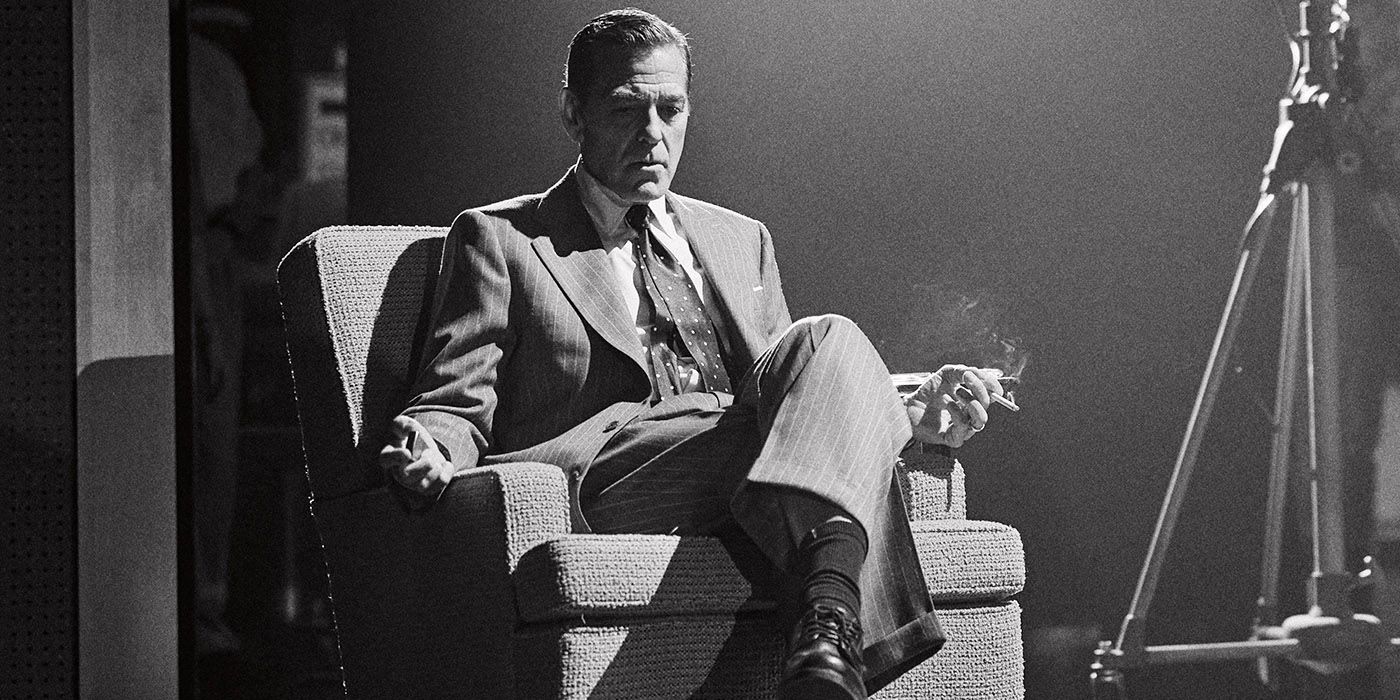
Hollywood's intense studio battle for Warner Bros. Discovery concluded as the WBD board formally rejected Paramount Skyd...
Music World Mourns: Beloved DJ Warras Brutally Murdered in Johannesburg

DJ Warras, also known as Warrick Stock, was fatally shot in Johannesburg's CBD, adding to a concerning string of murders...
Palm Royale Showrunner Dishes on 'Much Darker' Season 2 Death
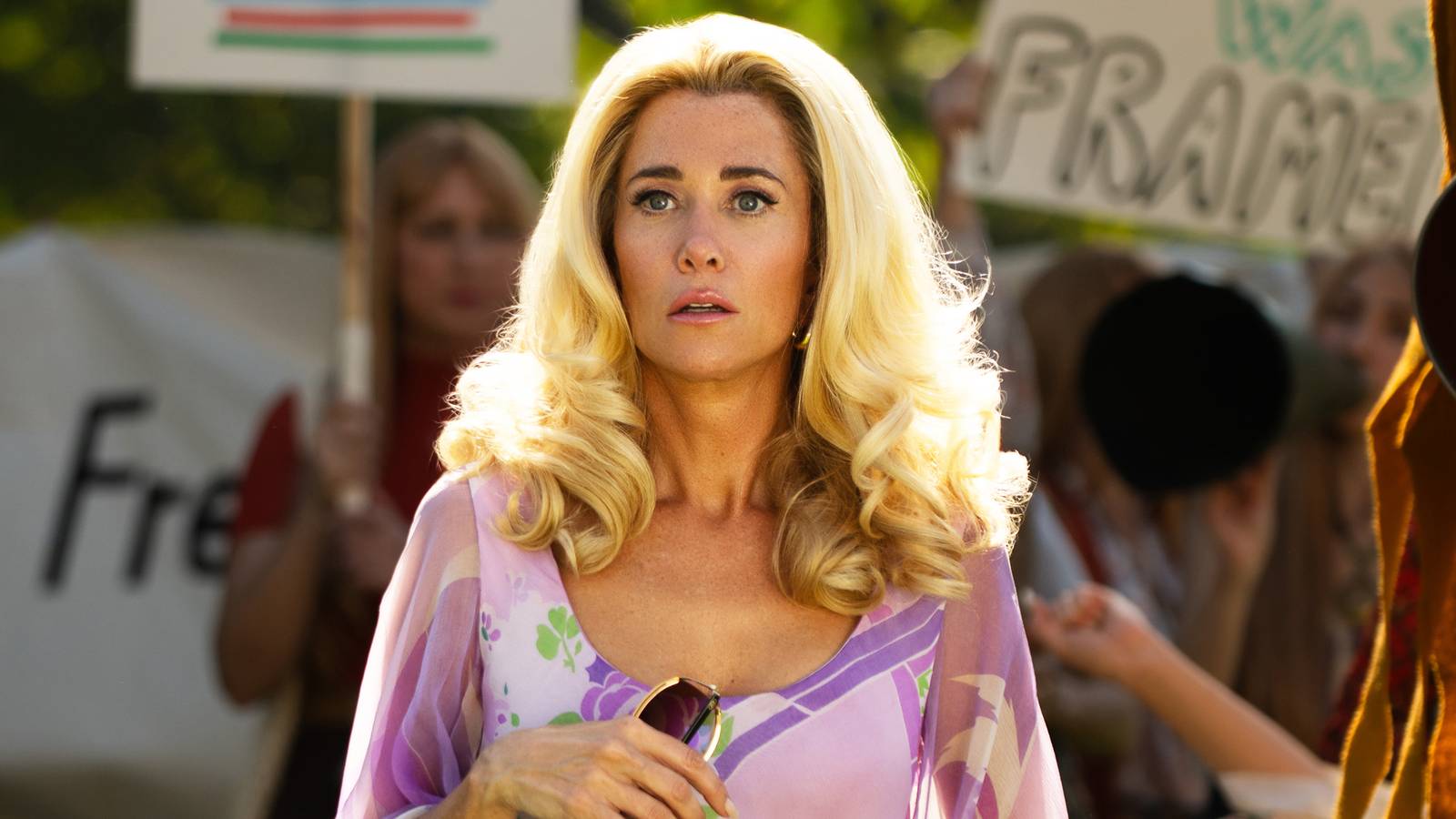
"Palm Royale" Season 2, Episode 6, introduces a shocking twin twist, with Kristen Wiig playing both Maxine and her long-...
World Cup Fiasco: DR Congo Faces Eligibility Probe, Sparks 'Back Door' Accusations from Nigeria

The NFF has petitioned FIFA over DR Congo's alleged use of ineligible players in the 2026 World Cup playoffs, potentiall...
Trump's Travel Ban Fallout: African Nations Hit Hard by US Restrictions
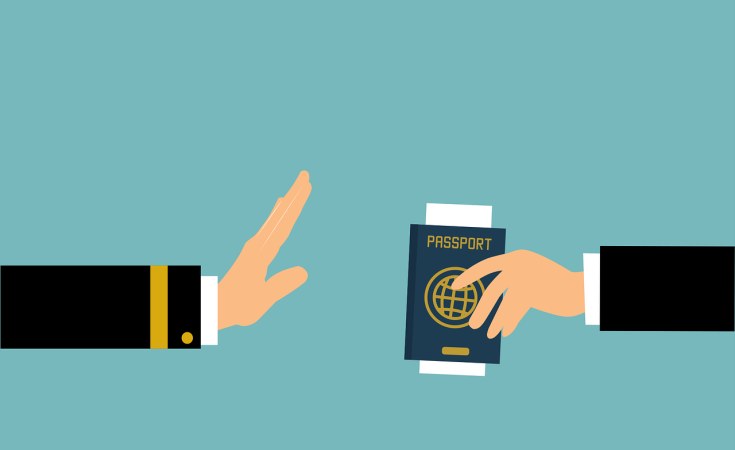
The Trump administration has significantly expanded its travel restrictions, imposing new partial bans on countries like...
Shocking Oversight: Super-Fit Runner Dies After Heart Attack Symptoms Dismissed as Heartburn

The family of Kristian Hudson, a 'super-fit' 42-year-old marathon runner, is seeking accountability from NHS staff after...

